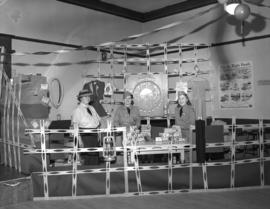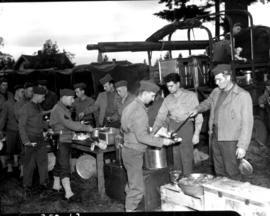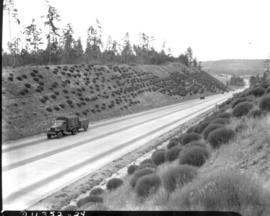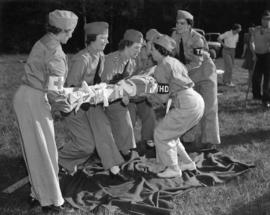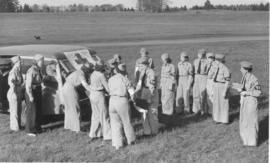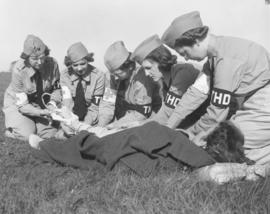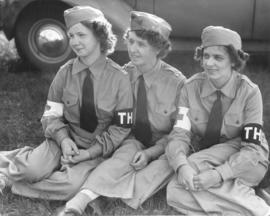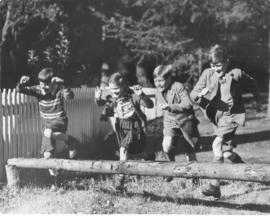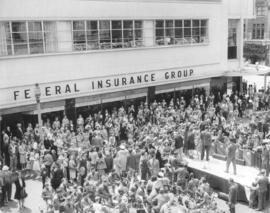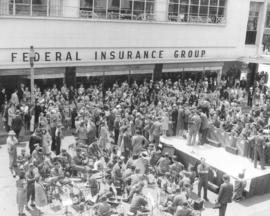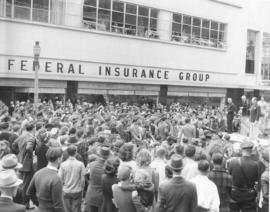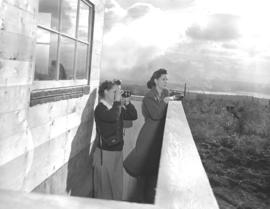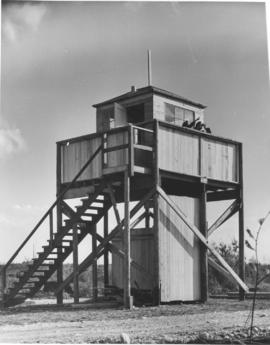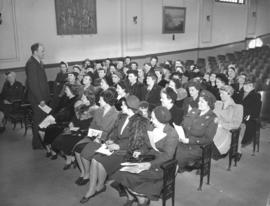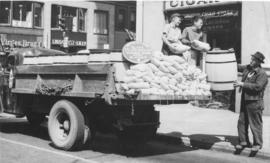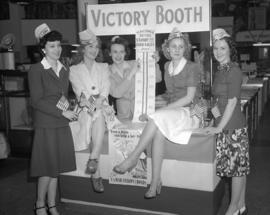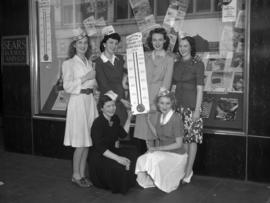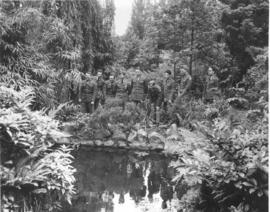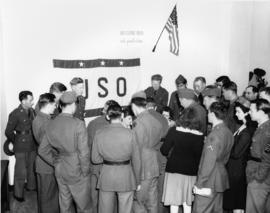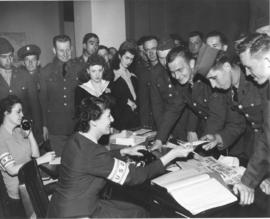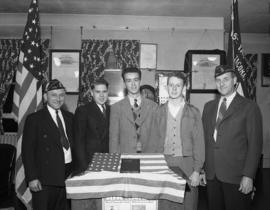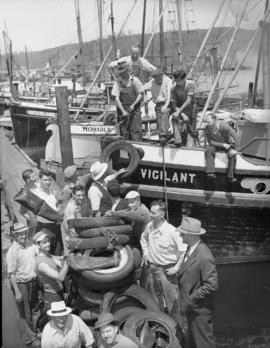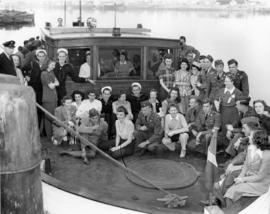- Item
- 1942-05-22
Part of Richards Studio Photographs
In May of 1942, the Tacoma Women's Emergency Motor Corps held a carnival in Horsfall Hall at 801-09 South 38th Street to raise money to help the corps carry on its work. At this booth a spin of the prize wheel could win the lucky contestant prizes ranging from a Carsten's ham to a box of crackers. The slogan of the motor corps was "Keep 'em rolling on the road." The women of the corps were trained to drive and maintain Tacoma's emergency vehicles. The carnival included bingo, a jitney dance, card games, a fortune teller, and various food and game booths. (T.Times 5/21/1942)
World War, 1939-1945--Women--Tacoma; World War, 1939-1945--Civil defense--Tacoma; Women's Emergency Motor Corps (Tacoma); Carnival games; Carnivals--Tacoma--1940-1950;
